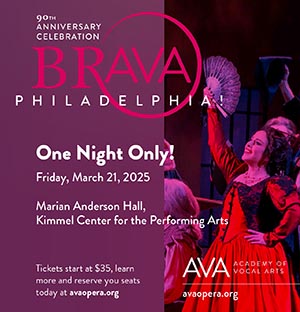On May 21, Barbara Walters opened “The View” by asking whether Adam Lambert lost to Kris Allen on “American Idol” because he was gay.
The flamboyant Lambert — exponentially more talented than Allen and a clear front-runner from the beginning — was regularly dissed by the audience for his “guy-liner” and “gay” look and style. Walters noted that “American Idol” was a “family show” and that Lambert’s perceived gayness had obviously hurt him in the final round of voting. Her implication: America wasn’t ready for a queer “Idol.”
The other ladies of “The View” declined to engage Walters, dismissing her assertions, even though she cited numerous Internet reports about Lambert. “The View” exchange points out that even people whose job it is to court controversy don’t want to handle certain topics.
The dissing of Lambert is merely the exclamation point on a season that found queers disappearing from the tube with alarming rapidity. As the season officially ends with the last of the finales, the de-gaying is disturbing.
Most of the bisexual women characters on the tube this season lept from lesbian to straight. On “Bones,” “House,” “Ugly Betty,” “Knight Rider,” “Nip/Tuck,” even “The L Word,” bisexual women went back to men with amazing facility, often shifting bed partners in the course of a few hours.
In addition, lesbian and gay characters seemed to simply disappear from the TV landscape all together.
After a highly promising beginning, the lesbian storyline on “All My Children” devolved into a tawdry, disappointing melodrama before the beloved lesbian Bianca and her is-she-bisexual-or-not wife Reese left the show.
“Desperate Housewives,” created by a gay man, Marc Cherry, has four gay-male characters, including Bree’s son Andrew and his fiancé. But throughout this past season, only two — Andrew and Lee — have been in regular evidence, and neither in the context of their respective gay relationships.
“Brothers & Sisters,” also created by a gay man, Greg Berlanti, features TV’s only legally married gay-male couple, Kevin and Scotty, as well as Saul, the only older gay man on a series. But while Kevin had a compelling lead role this season, Scotty was less frequently in the picture. Saul had a great build-up to a relationship, but after one episode, that relationship was never mentioned again.
On “Ugly Betty,” Marc St. James is the gay fashionista, but this season he spent more time romancing his beard, Amanda, than any male companions.
Other shows with recurring LGBT characters were cancelled or ended, including “Boston Legal,” “Dirty Sexy Money,” “ER,” “Do Not Disturb” and “Greek.”
Not one of the longest-running series — the “Law & Order” and “CSI” franchises — has a single queer character. Nor do the top-rated series like “Heroes” and “Lost.” (How is it possible that there isn’t a single queer superhero or queer character on the island?)
There are 616 regular and recurring characters on TV, but only 30 were queer in the 2008-09 season. There were actually more LGBT people on reality shows, in addition to four out queer hosts — Ellen, Rachel Maddow, Tim Gunn and Isaac Mizrahi — than there were queer fictional characters.
Those numbers are simply disgraceful. As the fall lineup takes shape, it’s important for the networks to recognize that queers are a significant minority and deserve a level of representation that has yet to hit the small screen.
